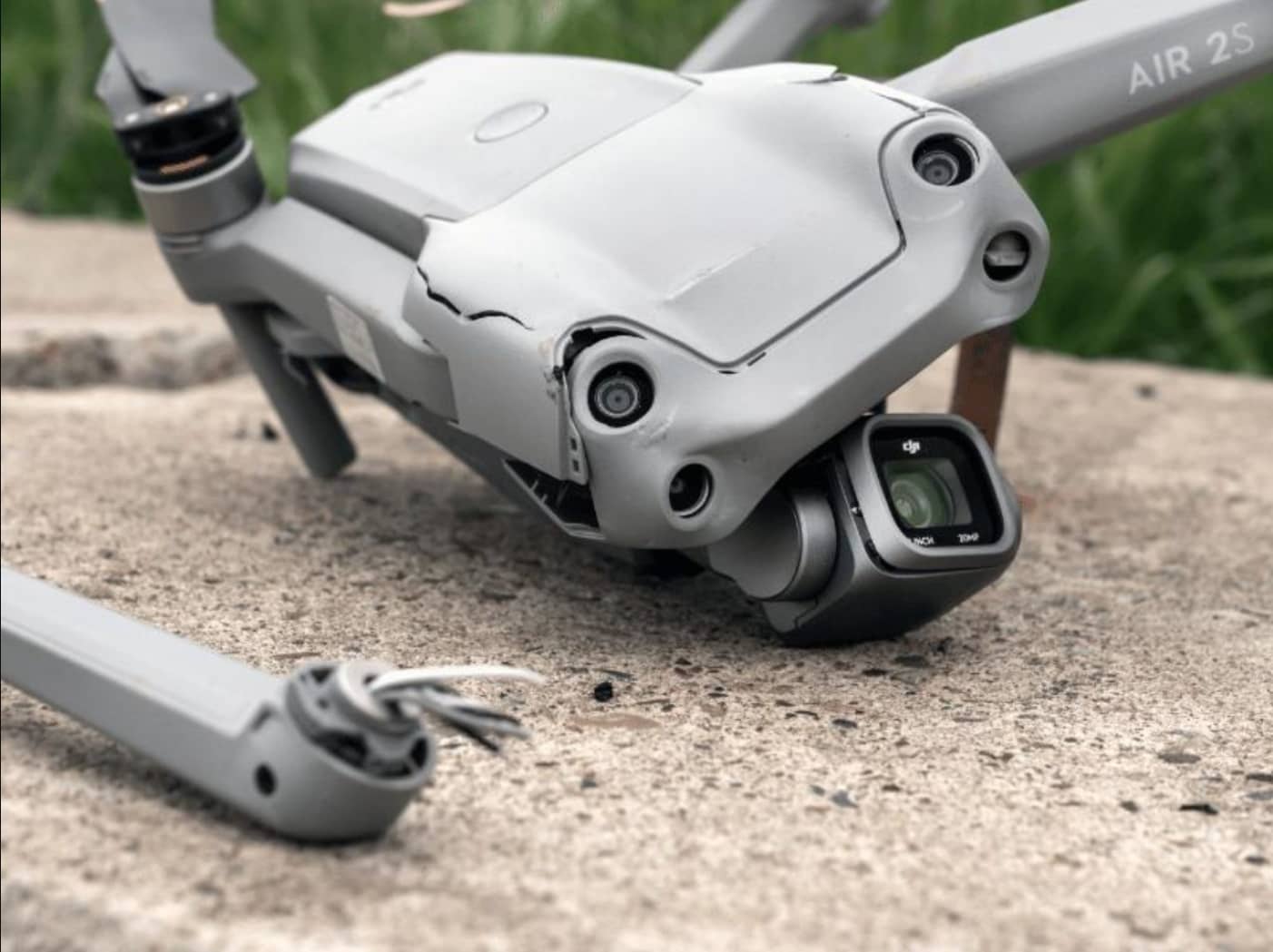Christian Ramsey, Managing Director uAvionix Corporation
As the use of Unmanned Aircraft Systems (UAS) continues to increase, the Federal Aviation Administration (FAA) has introduced the UAS Remote Identification (RID) Rule to ensure airspace safety and security. This rule, which goes into effect in September 2023, requires that UAS comply to facilitate their identification and tracking. The UAS aviation insurance industry can take advantage of RID information to monitor UAS pilot operating habits, assist in incident investigation, and offer personalized services.
First, let’s review what RID is and the ways to be compliant. The FAA’s Rule mandates that nearly all UAS operating in the United States comply using one of three ways: Standard Remote Identification, Broadcast Modules, and the use of FAA-recognized identification areas (FRIA). Both Standard RID and Broadcast Modules are technology-based transmitters which transmit the UAS location as well as the location of the operator (for Standard RID) or takeoff location (for Broadcast Modules). FRIA compliance is location-based and allows for exemption of the need to equip with the technology if flying in an FAA pre-approved location. For the purpose of this article, we will focus on Standard Remote Identification and the use of Broadcast Modules as these methods provide valuable data to insurance companies. It is important to note that both Standard Remote Identification and broadcast modules must have an accepted Declaration of Conformity (DoC) from the FAA to be used legally, and internet shopping sources reveal a significant amount of hardware on the market which do not have legal DoCs.
On-demand UAS insurance apps like SkyWatch have emerged in the market to provide UAS pilots with a convenient way to obtain insurance coverage tailored to their specific needs. By connecting with the information provided by UAS Remote Identification, these apps can offer valuable insights to insurance companies, allowing them to offer personalized services. Since the RID technology is designed to be natively compatible with existing mobile device sensors, these insurance apps have the capability to receive the RID broadcasts directly and utilize this data and tailor their offering. All that would be required is that the app user register their device ID while setting up the account.
Much like telematics devices in the automobile insurance industry, which monitor driving behavior to provide personalized insurance rates, UAS RID can help insurance companies assess the risk profile of UAS pilots. By collecting data on UAS pilot operating habits, such as flying in restricted airspace, exceeding altitude limits, flying beyond the insurance coverage boundary, or other patterns of non-compliance, insurance companies can adjust policy premiums to reflect the pilot’s risk level.
RID information can also assist insurance companies in investigating incidents involving UAS. In the event of an accident, the data transmitted by the UAS can provide essential details, such as the aircraft’s location, altitude, and speed at the time of the incident. This information can help insurance companies determine liability, streamline the claims process, and identify potential fraud.
At uAvionix, we have been involved in airspace safety solutions for UAS since 2015 and have emerged as an industry technology and thought leader. In addition to producing certified avionics for crewed and uncrewed aircraft, as well as major UAS ground infrastructure, uAvionix has launched an FAA-authorized broadcast module (pingRID) and RID receivers which can be integrated with on-demand UAS insurance apps to provide real-time information on operations.

Image: uAvionix pingRID broadcast module
uAvionix is currently under an FAA Broad Agency Announcement (BAA) contract with Anra Technologies to demonstrate how broadcast RID can be converted to network RID. An example of a network RID solution could be a series of permanently placed receivers which receive RID broadcasts and collect that data in a cloud-based solution similar to popular (crewed) flight tracking apps. Benefits of a network solution include:
- Enhanced data access: Network RID allows for the transmission of UAS data over the internet, enabling stakeholders such as law enforcement and insurance companies to access the information remotely and in real-time.
- Scalability: As the number of UAS operations continues to grow, network RID provides a scalable solution to accommodate the increased data traffic and ensure efficient tracking and monitoring of UAS.
- Greater flexibility: Network RID can facilitate more dynamic communication between UAS and various stakeholders, allowing for adjustments in flight plans, airspace restrictions, and other operational parameters.
- Persistence – permanent network RID receivers capture all UAS flights within range, 24 hours a day.
As of the time of publishing, the uptake on UAS manufacturers implementing Standard RID and approved Broadcast Modules is slow, but climbing. As the FAA and industry ramp up education and communications leading up to the September deadline, the use of RID is expected to rise dramatically. Within a few years, its use will be nearly universal. As the industry matures, insurance companies can promote safety by offering discounts or tailored services based on observed flight profiles and collected data, rather than speculation.


